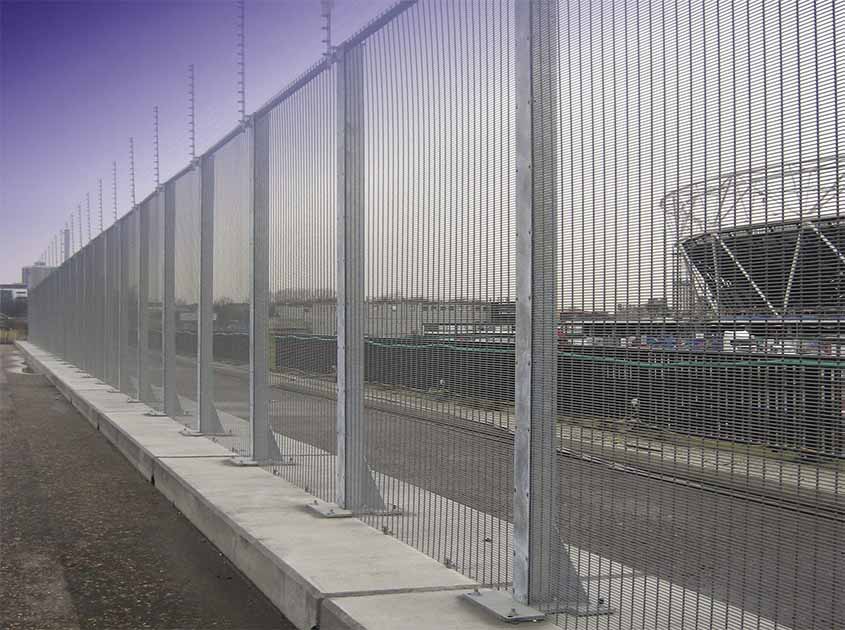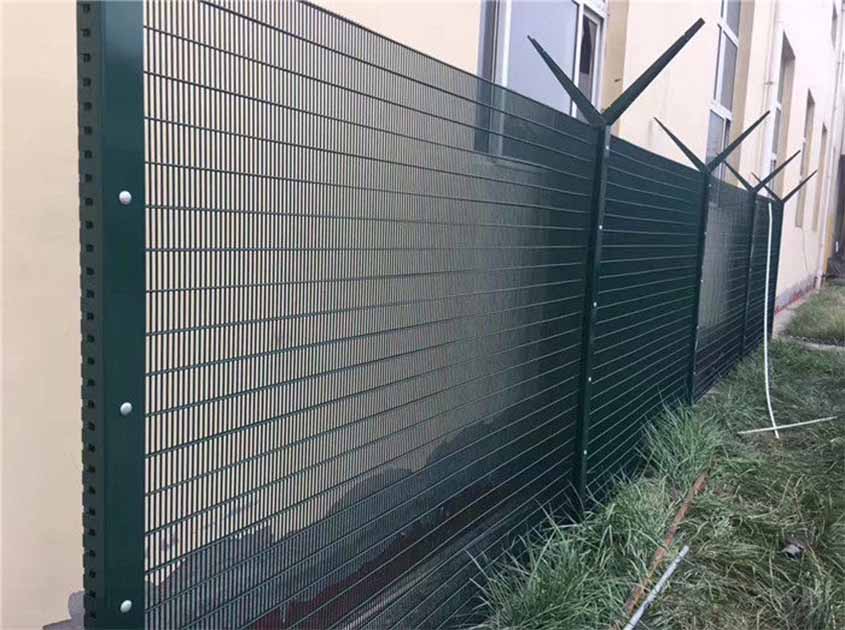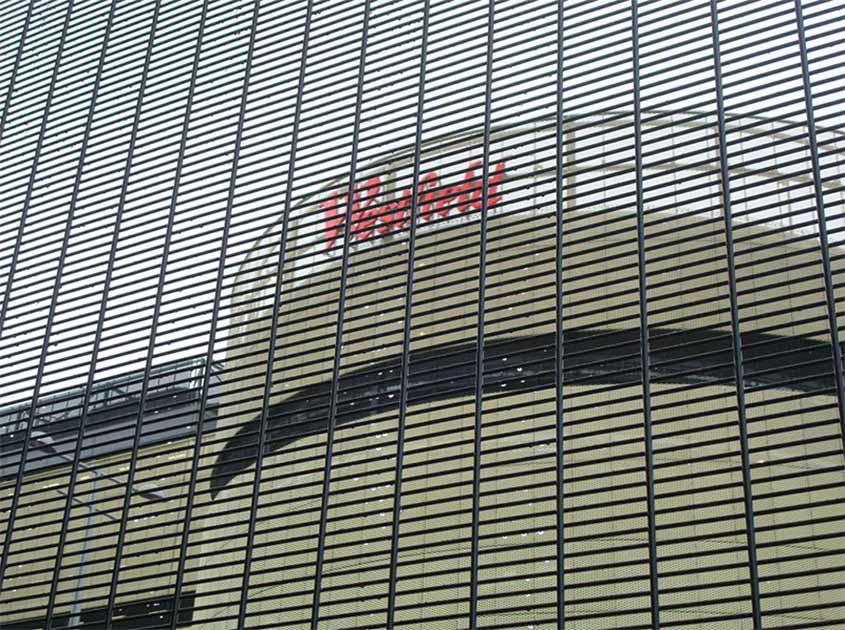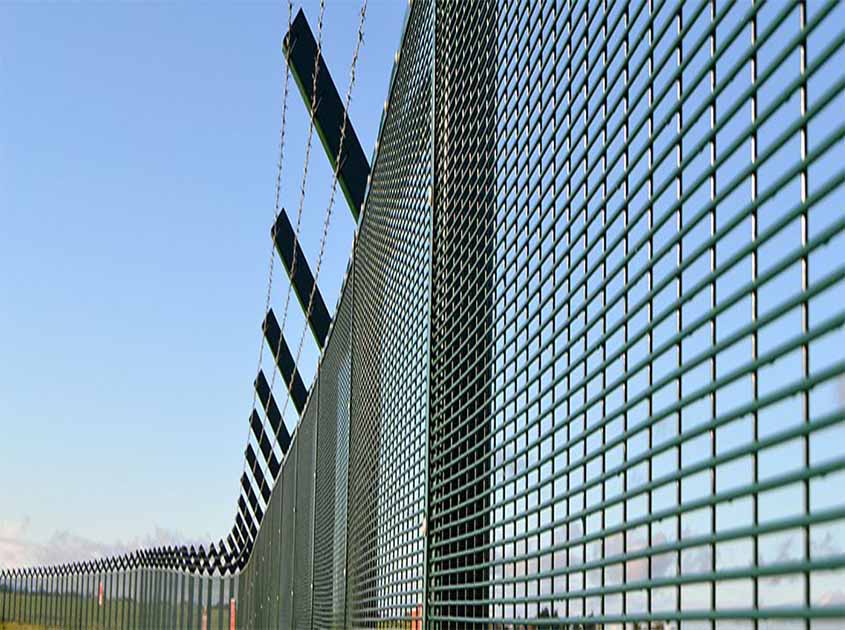- Home
- About Us
- Products
- Service
- Project
- News
- Contact Us
Pulished on Jul. 04, 2023
Securing prisons and correctional facilities is of utmost importance to ensure public safety and prevent unauthorized access. 358 fencing, also known as prison mesh fencing or anti-climb fencing, has emerged as a leading choice for such high-security environments. In this article, we will explore the application of 358 fencing in prisons and correctional facilities, emphasizing its maximum security features and unparalleled durability.

Maximum Security:
Anti-Climb Design: The tightly woven mesh pattern of 358 fencing makes it extremely difficult to climb, providing a formidable deterrent to escape attempts or unauthorized access. The small mesh openings prevent inmates from gaining a foothold or handhold, ensuring the highest level of security.
Enhanced Structural Integrity: 358 fencing is constructed with heavy-gauge wire and reinforced welds, resulting in exceptional strength and structural integrity. It is designed to withstand considerable force and tampering, making it highly resistant to breakage or penetration.
Anti-Cut and Anti-Vandalism Properties: The wire diameter and spacing of 358 fencing are specifically engineered to resist cutting or tampering with conventional tools. This feature adds an additional layer of security, reducing the risk of unauthorized entry or inmate violence.

Unparalleled Durability:
Corrosion Resistance: 358 fencing is typically manufactured using galvanized or zinc-aluminum alloy-coated wire, providing excellent resistance to corrosion and rust. This durability ensures that the fencing remains robust and intact over an extended period, even in challenging outdoor environments.
Weather Resistance: Extreme weather conditions, including high winds, heavy rain, or intense sunlight, can take a toll on fencing materials. 358 fencing is designed to withstand these elements, maintaining its structural integrity and security performance over time.
Low Maintenance: Once installed, 358 fencing requires minimal maintenance. The galvanized or coated finish provides long-lasting protection, and routine inspections and occasional cleaning are typically sufficient to keep the fencing in optimal condition.

Customization and Integration:
Integration with Security Systems: 358 fencing can be integrated with various security systems, including CCTV cameras, perimeter alarms, and access control systems. This integration enhances the overall security of prisons and correctional facilities, enabling efficient monitoring and control of the premises.
Customization Options: While security is paramount, 358 fencing can also be customized to meet specific design requirements. It can be powder-coated in various colors, allowing it to blend seamlessly with the surrounding environment or adhere to specific institutional branding guidelines.

Conclusion:
358 fencing has become the preferred choice for prisons and correctional facilities due to its maximum security features and unmatched durability. With its anti-climb design, enhanced structural integrity, and resistance to cutting and vandalism, it provides a robust barrier against escape attempts and unauthorized access. The corrosion resistance, weather resistance, and low maintenance requirements ensure that 358 fencing remains a reliable security solution over the long term. By selecting 358 fencing, prisons and correctional facilities can create a secure environment that prioritizes public safety and effectively manages inmate populations.